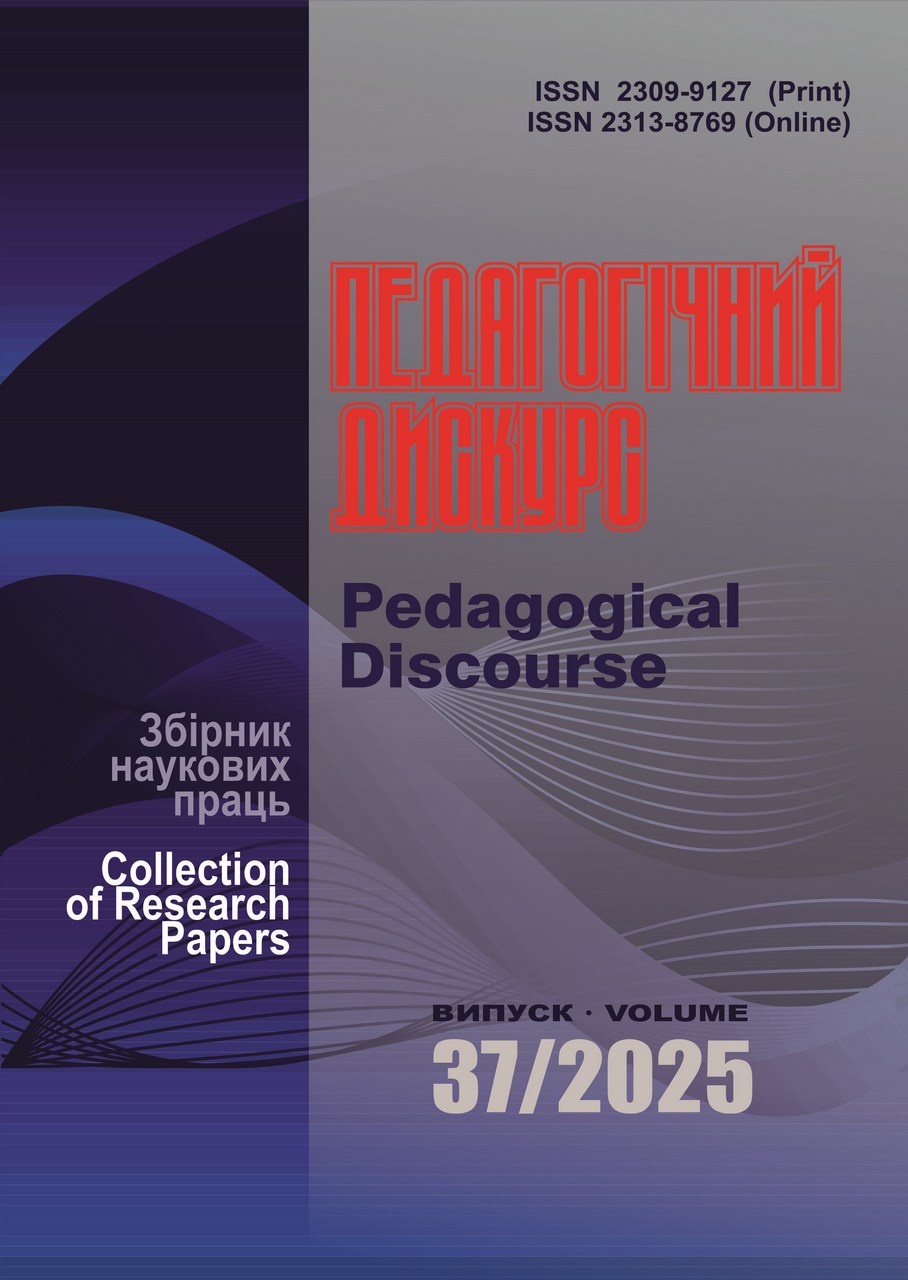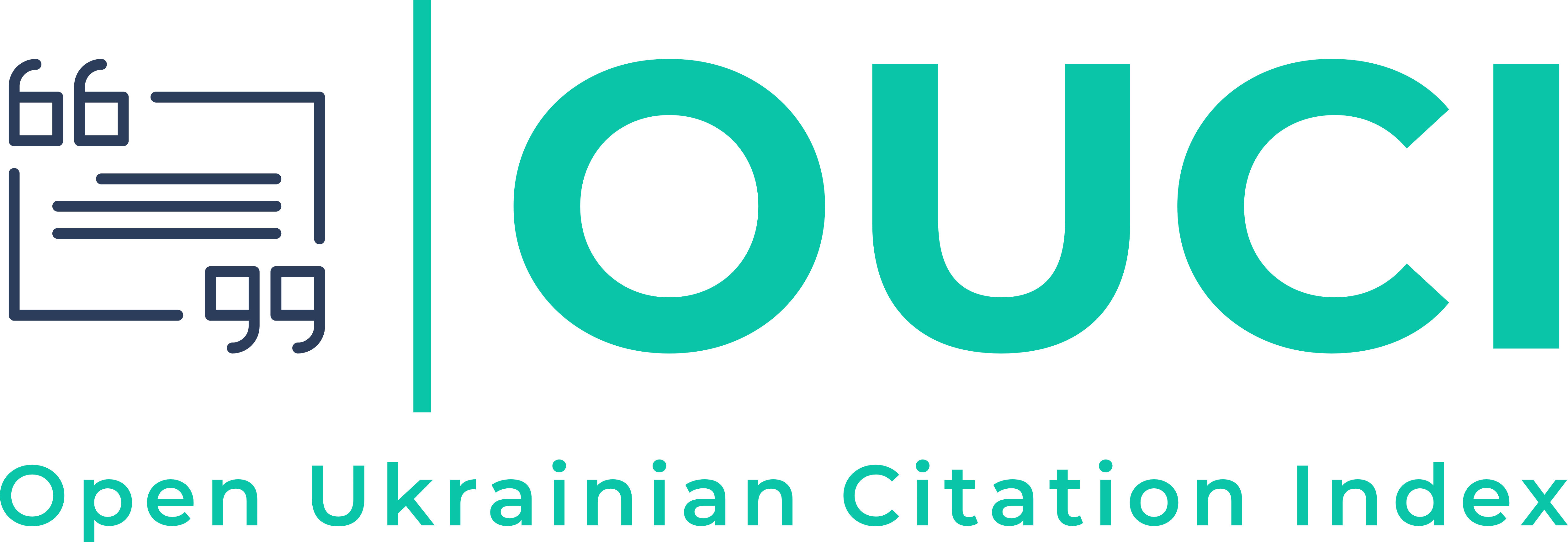Teaching Digital ESL Communication Skills for Remote Work Environments
Abstract
The research is aimed at investigating the need to specifically address the application of English language skills and using AI tools within remote professional communication contexts due to the growing shift towards remote and AI-enhanced work environments. The term “digital ESL communication skills” has been defined as follows: the application of English language skills for professional, task-based interaction in digital environments, including written and spoken communication through emailing, instant messaging, video conferencing, project management platforms and AI chatbots. Having applied such methods as literature review, a stakeholders’ survey of 116 students and professionals, document analysis and the analysis of leading Business English course syllabi, it has been demonstrated that there is a gap in current ESL education and the need to integrate English language learning with practical tasks that are required for asynchronous professional communication, video conferencing and intelligent use of AI tools in remote digital work environments. 7 core skill areas such as: slack-style messaging, digital professional writing, task management communication, video conferencing, AI tool usage, digital etiquette and soft skills development for professional success in remote settings, have been identified and described according to current real-world professional tasks within a remote, tech-integrated context (needs analysis). Recommendations on teaching digital English communication and AI literacy have been provided on each skill area. These included the lists of targeted vocabulary and grammar as well as recommended activities and resources aimed at contributing to the methodological aspect of teaching digital ESL communication skills. The research is a step towards modernizing ESL courses at college and university level for today’s remote or hybrid globalized, tech-driven workplace.
Downloads
References
International Labour Organization. (2021). Working from home: From invisibility to decent work. Retrieved from: https://www.ilo.org/global/publications/books/WCMS_765806/lang--en/index.htm [in English]
Hockly, N. (2023). Artificial Intelligence in English language teaching: The good, the bad and the ugly. RELC Journal, 54 (2), 445–451. [in English]
Godwin-Jones, R. (2021). Evolving technologies for language learning. Language Learning and Technology, 25 (3), 6–26. Retrieved from: http://hdl.handle.net/10125/73443 [in English]
Gutiérrez, L. (2023). Artificial Intelligence in Language Education: Navigating the Potential and Challenges of Chatbots and NLP. Research Studies in English Language Teaching and Learning, 1 (3), 180–191. Retrieved from: https://doi.org/10.62583/rseltl.v1i3.44 [in English]
McKinsey (2022). What’s next for remote work: An analysis of 2,000 tasks, 800 jobs, and nine countries. Retrieved from: https://www.mckinsey.com [in English]
Gutiérrez, Lucía. (2023). Artificial Intelligence in Language Education: Navigating the Potential and Challenges of Chatbots and NLP. Research Studies in English Language Teaching and Learning, 1, 180–191. [in English]
Statista. (2023). Share of employed people who usually work from home in European countries in 2022. Retrieved from: https://www.statista.com/statistics/879251/employees-teleworking-in-the-eu [in English]
United Nations Educational, Scientific, and Cultural Organization. (2023). ChatGPT and artificial intelligence in higher education: Quick start guide. Retrieved from: https://unesdoc.unesco.org/ark:/48223/pf0000385146 [in English]
Wan Yee Winsy Lai, & Ju Seong Lee. (2024). A systematic review of conversational AI tools in ELT: Publication trends, tools, research methods, learning outcomes, and antecedents. Computers and Education: Artificial Intelligence, 7. [in English]
Copyright (c) 2025 Pedagogical Discourse

This work is licensed under a Creative Commons Attribution-NonCommercial-ShareAlike 4.0 International License.

















